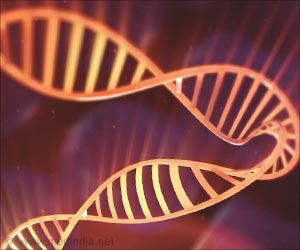In the new study, Larena and colleagues, including Mattias Jakobsson, aimed to establish the demographic history of the Philippines. Through a partnership between Uppsala University of Sweden and the National Commission for Culture and the Arts of the Philippines (NCCA), aided by collaboration with indigenous cultural communities, local universities, local government units, non-governmental organizations, and/or regional offices of the National Commission for Indigenous Peoples, they analyzed about 2.3 million genotypes from 118 ethnic groups of the Philippines including diverse self-identified Negrito populations.
‘Philippine Negrito ethnic group known as the Ayta Magbukon have the highest level of Denisovan ancestry in the world.
’
The sample also included high-coverage genomes of AustraloPapuans and Ayta Magbukon Negritos. The study shows that Ayta Magbukon possess the highest level of Denisovan ancestry in the world, consistent with an independent admixture event into Negritos from Denisovans.
Together with the recent discovery of a small-bodied hominin, called Homo luzonensis, the data suggest that there were multiple archaic species that inhabited the Philippines prior to the arrival of modern humans, and that these archaic groups may have been genetically related.
Altogether, the researchers say that the findings unveil a complex intertwined history of modern and archaic humans in the Asia-Pacific region, where distinct Islander Denisovan populations differentially admixed with incoming Australasians across multiple locations and at various points in time.
“This admixture led to variable levels of Denisovan ancestry in the genomes of Philippine Negritos and Papuans,” Jakobsson said.
“In Island Southeast Asia, Philippine Negritos later admixed with East Asian migrants who possess little Denisovan ancestry, which subsequently diluted their archaic ancestry. Some groups, though, such as the Ayta Magbukon, minimally admixed with the more recent incoming migrants. For this reason, the Ayta Magbukon retained most of their inherited archaic tracts and were left with the highest level of Denisovan ancestry in the world.”
“By sequencing more genomes in the future, we will have better resolution in addressing multiple questions, including how the inherited archaic tracts influenced our biology and how it contributed to our adaptation as a species,” Larena said.
Source: Medindia



